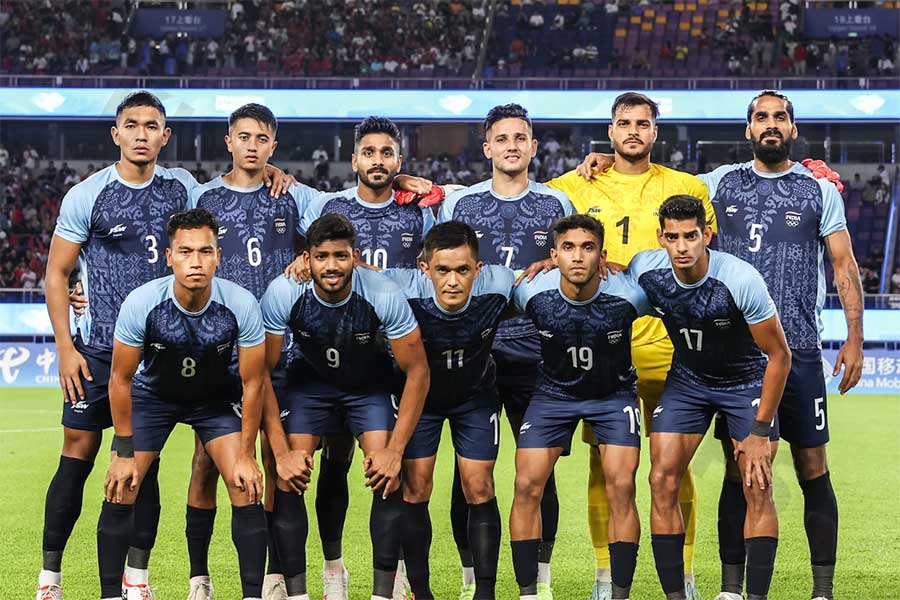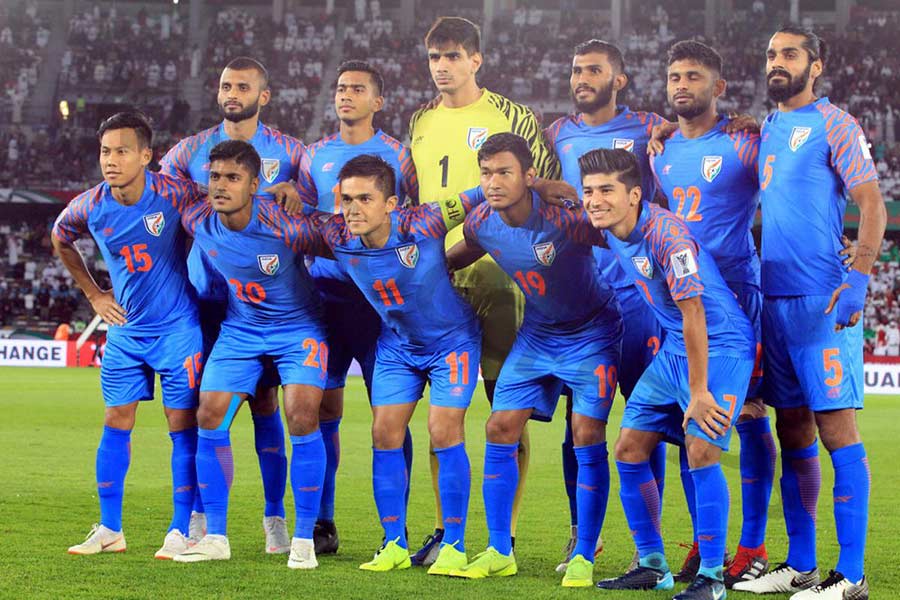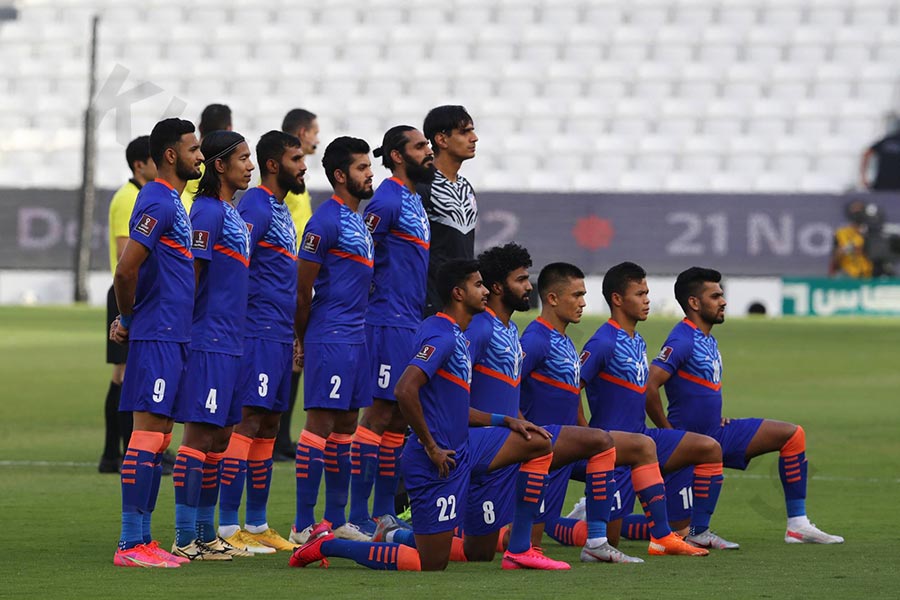Why India was banned from football: Key reasons and impacts
With a population of 1.4 billion, India’s absence from the international football scene has raised many questions, especially when the passion for football in this country is not inferior to other sports such as cricket. So why india was banned from football, and what prompted FIFA to impose an indefinite ban on the Indian national team and football clubs? This article from Kingsoccertips will analyze the origins of the suspension, the complex factors behind FIFA’s decision, and the steps needed to restore the country’s footballing status.

The background behind FIFA’s ban on India
India’s exile is linked to circumstances stemming from governance reforms imposed by the Supreme Court of India to tackle chronic corruption and rigged elections that have frequently plagued the country’s football federation.
After discovering fraud, the judges appointed a Governance Committee to oversee the election of new officials. However, the legality of this interim board, along with the draft constitution, has been challenged by incumbent administrators seeking to preserve their power.
With two rival bodies claiming jurisdiction, FIFA suspended India on the grounds that the government had interfered in breach of rules protecting the independence of the football federation – barring the country from qualifying for the 2023 AFC Asian Cup onwards.
Thus, India remains banned largely because FIFA resisted court intervention despite a ruling aimed at improving integrity. They demand complete legal autonomy.
Here are some expert soccer tips to improve your betting strategy and maximize your chances of success
Wider impact of FIFA Ban on Indian football
The blacklisting from August 2022 has a number of local ramifications, including:
- The national team will not be able to participate in the 2023 Asian Cup qualifiers and the 2026 World Cup qualifiers.
- The inability to host international football, meaning clubs will be banned from participating in AFC competitions in 2023.
- The loss of FIFA development funding for infrastructure and facilities.
- Reputational damage and barriers to foreign transfers when current contracts expire.

The consequences of this suspension are significant, especially for promising young international players whose career opportunities will be limited if the impasse persists any longer.
Criteria for lifting India’s ban
For FIFA to lift the suspension, several key conditions must be met:
- Fresh elections for the posts of the special “steering committee” that will be responsible after the Supreme Court’s approval.
- Drafting a new constitution for the All India Football Federation that respects the principles of independence and autonomy.
- Approval of the amended constitution through an extraordinary General Assembly meeting requiring a three-quarters majority vote.
- Formal application for lifting the ban, stating compliance with FIFA’s rules.
Meeting these conditions would allow India to reinstate, but there would still be risks if administrators refuse to cooperate for personal gain.
The way forward for Indian football
India remains banned from all international football, including the 2026 World Cup qualifiers, while the FA’s ban continues amid factional strife within the government.
However, a panel overseeing the drafting of a constitution ahead of new elections is now expected to comply with FIFA’s demands through a court order to eventually restore India’s participation.

But reaching a consensus among the warring parties continues to defy the prospect of an immediate reversal. Indian football, therefore, suffers from these unchecked rival interests.
Final thoughts
With a large population and a relentless passion for the sport, India’s absence from the international football scene is a shame. The story of “why India was banned from football” is not only a lesson in the need for reform in sports governance but also highlights the consequences of power struggles between parties. To escape the long-standing ban, Indian football needs unity, strong reforms and adherence to international standards. Hopefully, the current efforts will help restore India’s position, bringing the country back to the world football stage in the future.
See more: Who has more fans, Messi or Ronaldo? A global comparison
